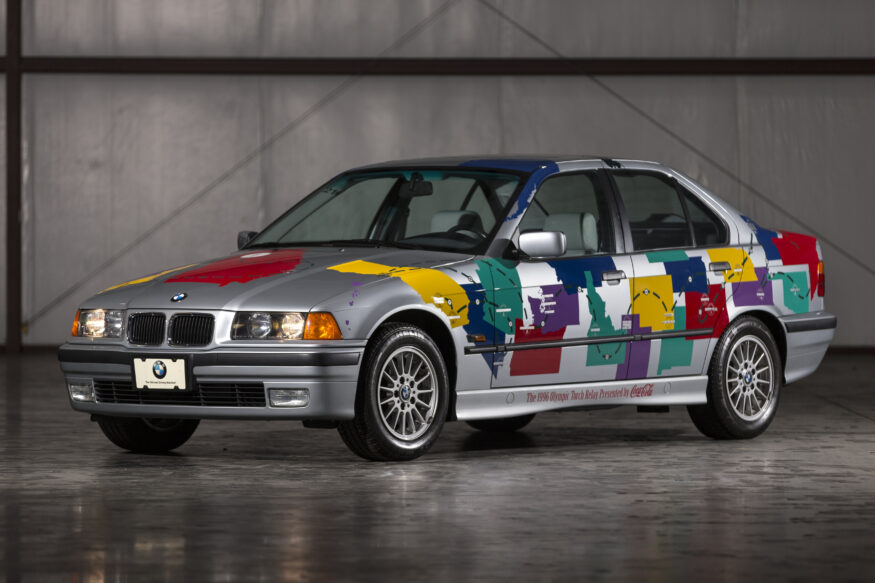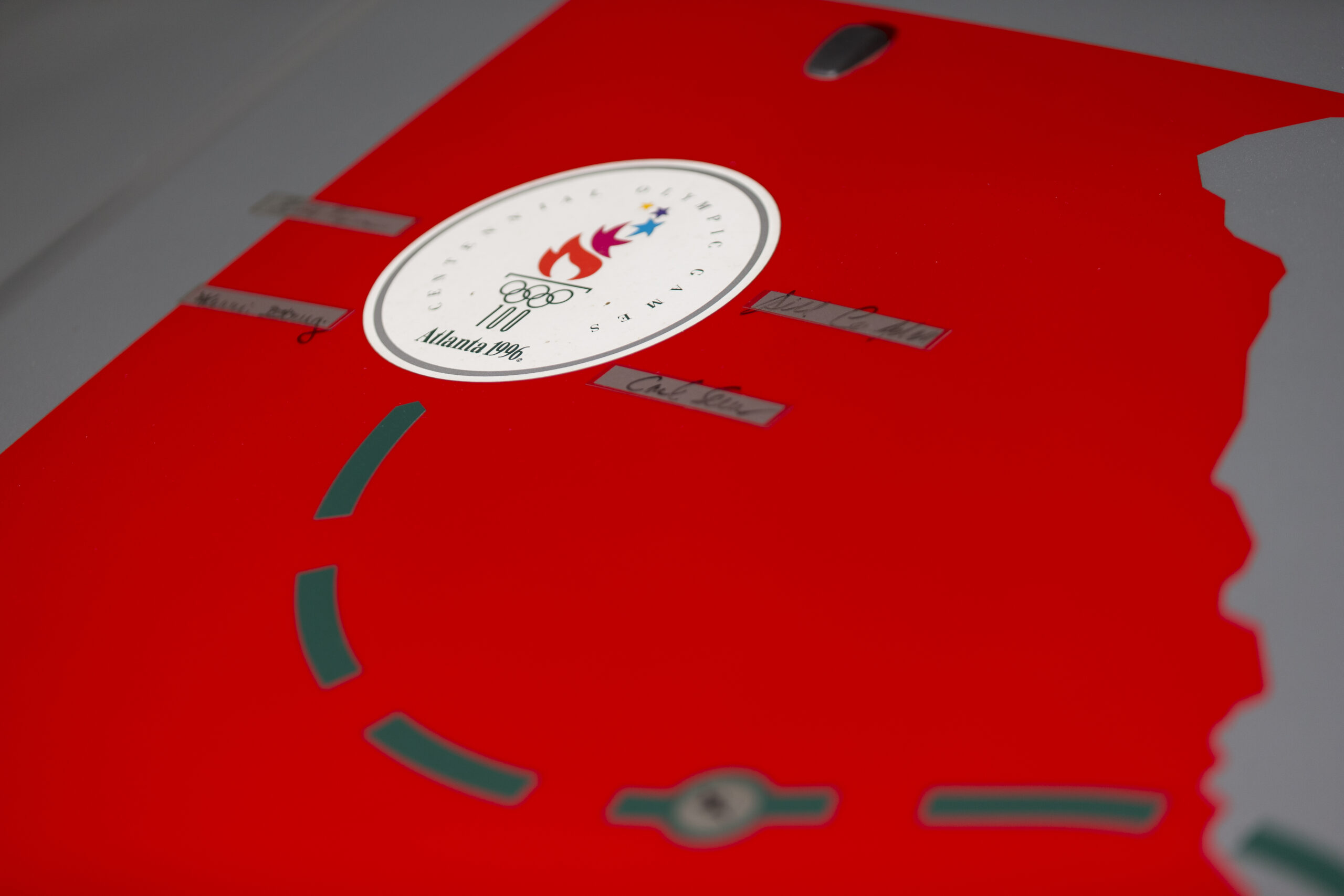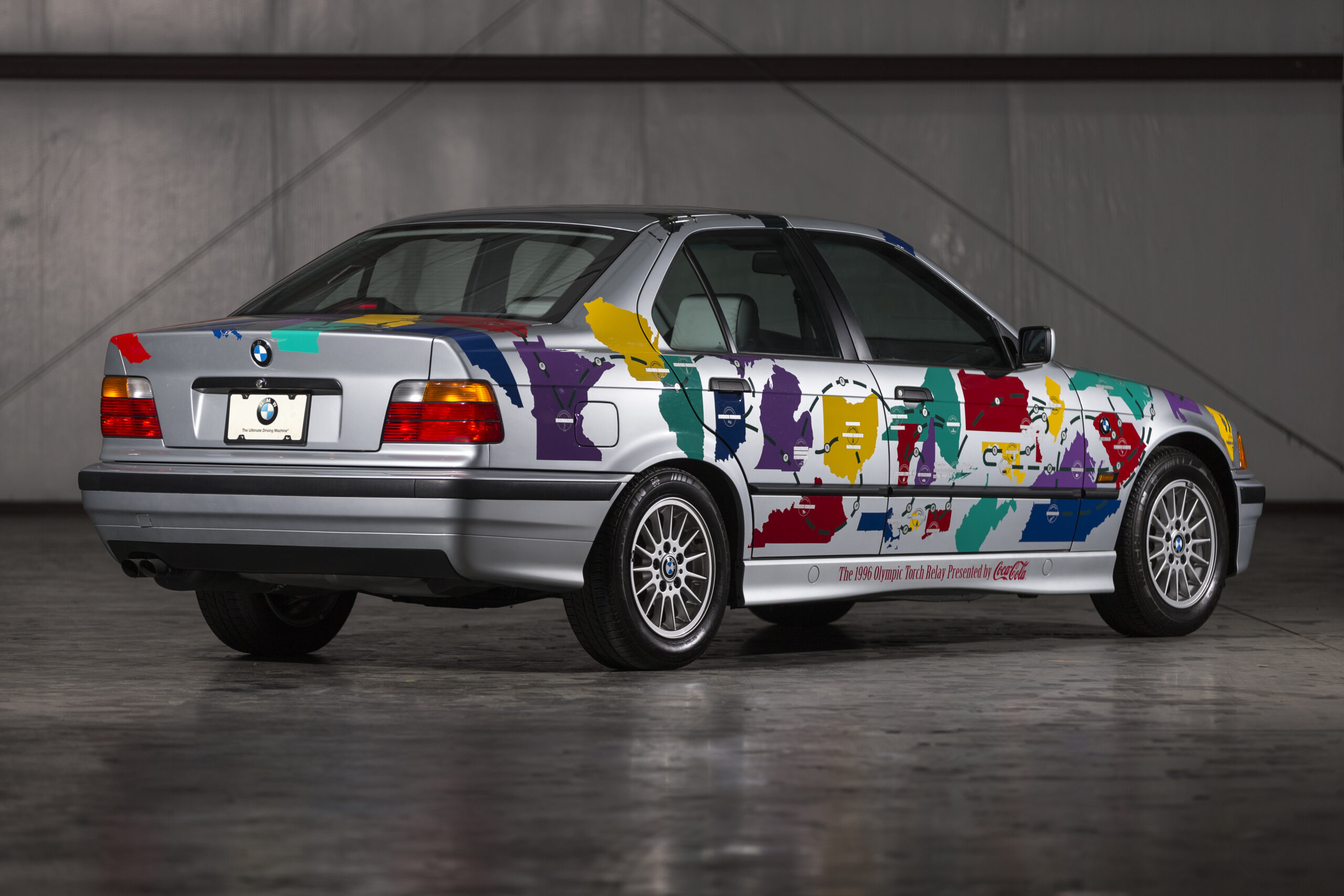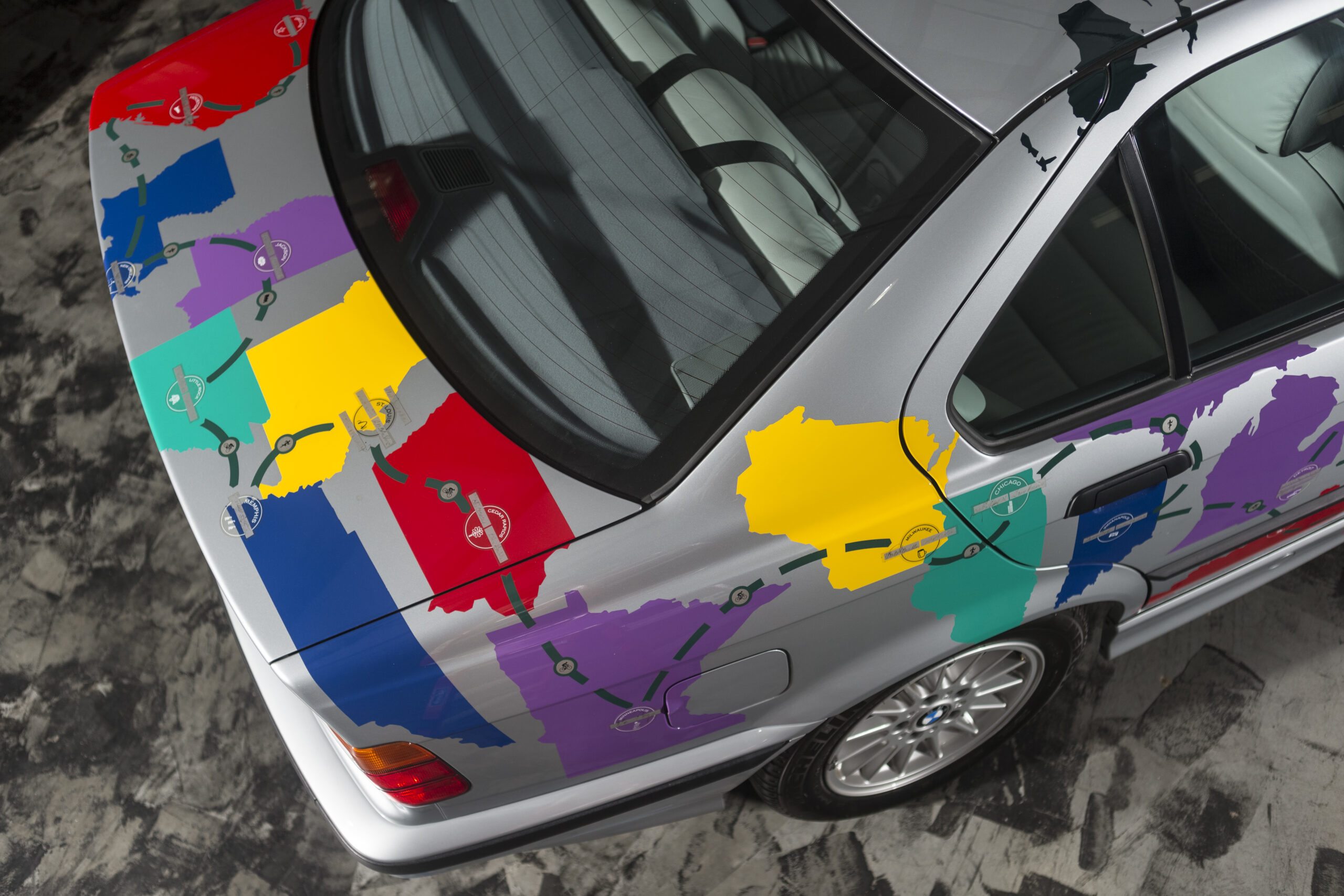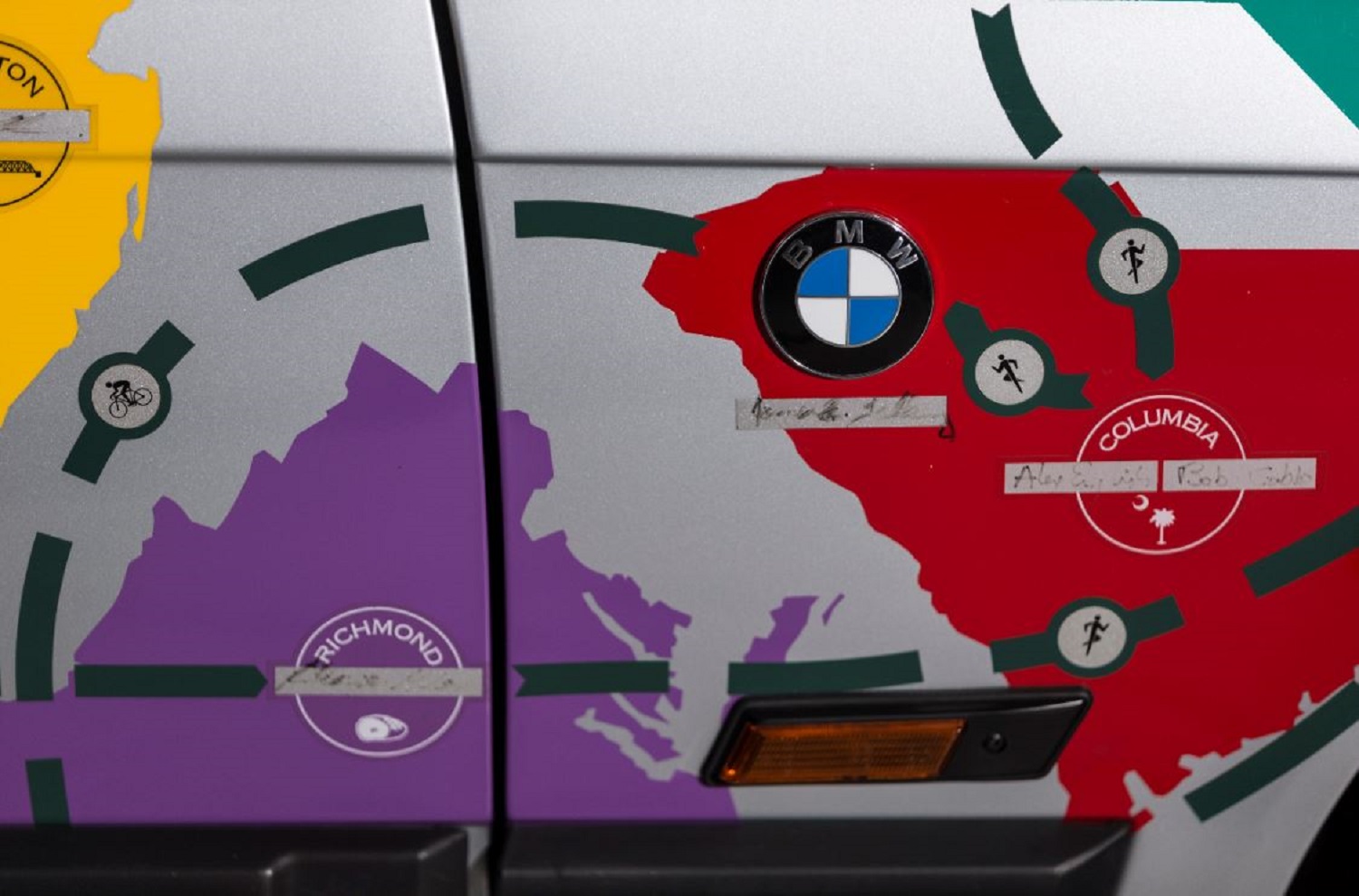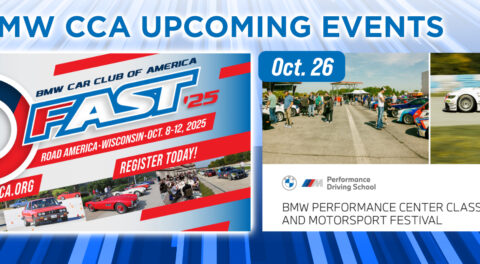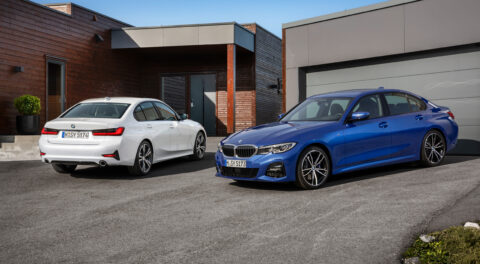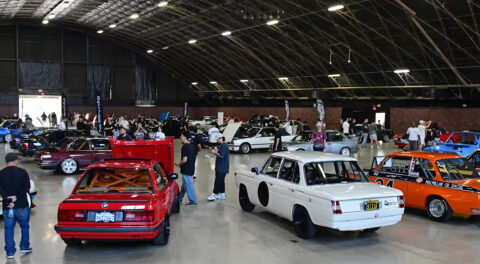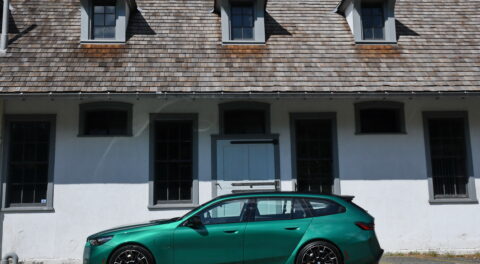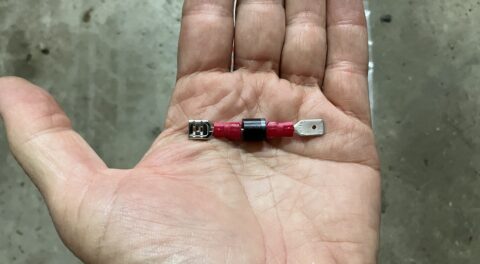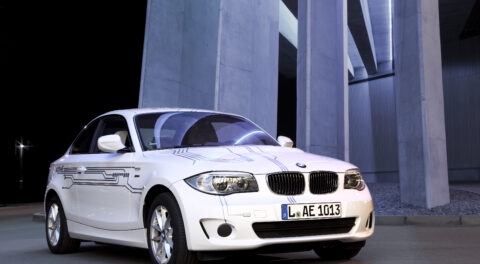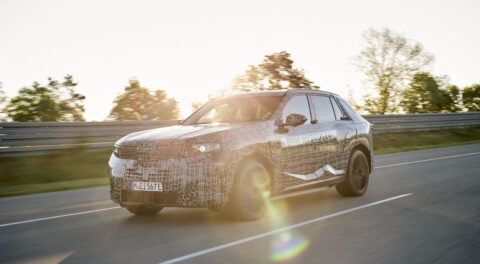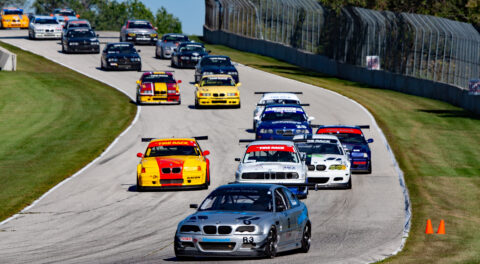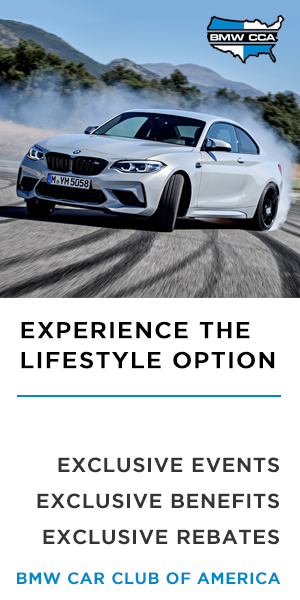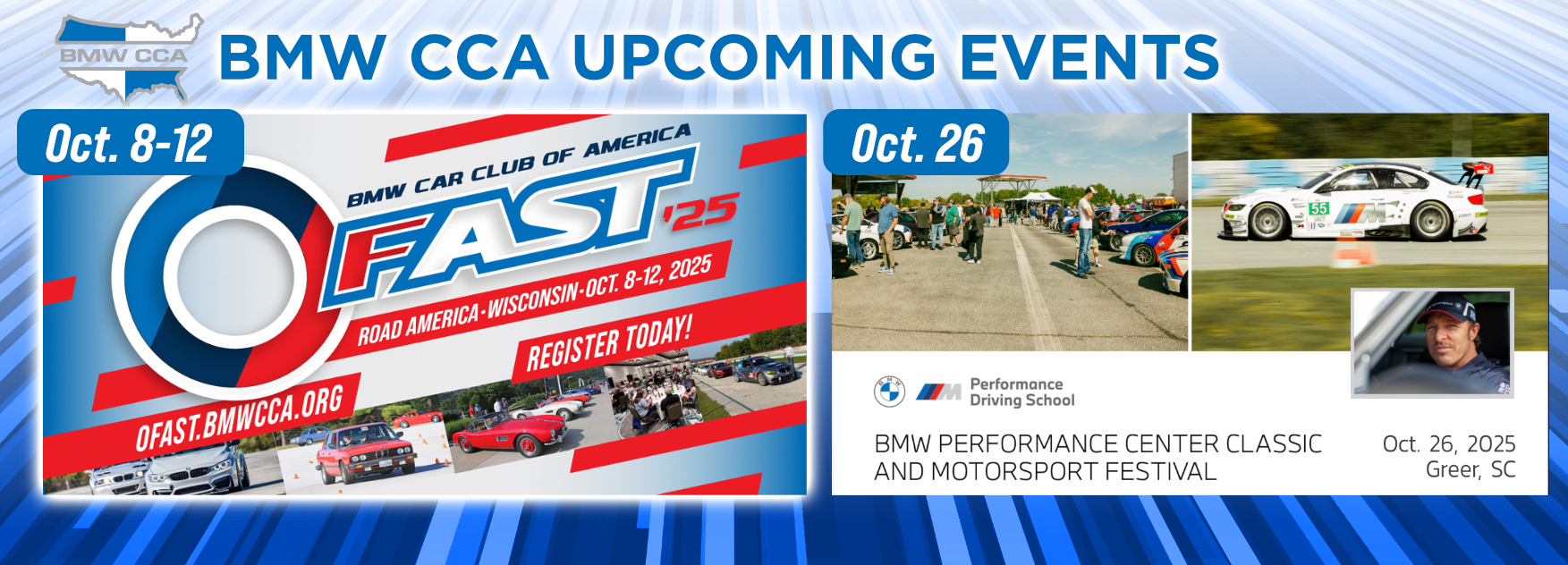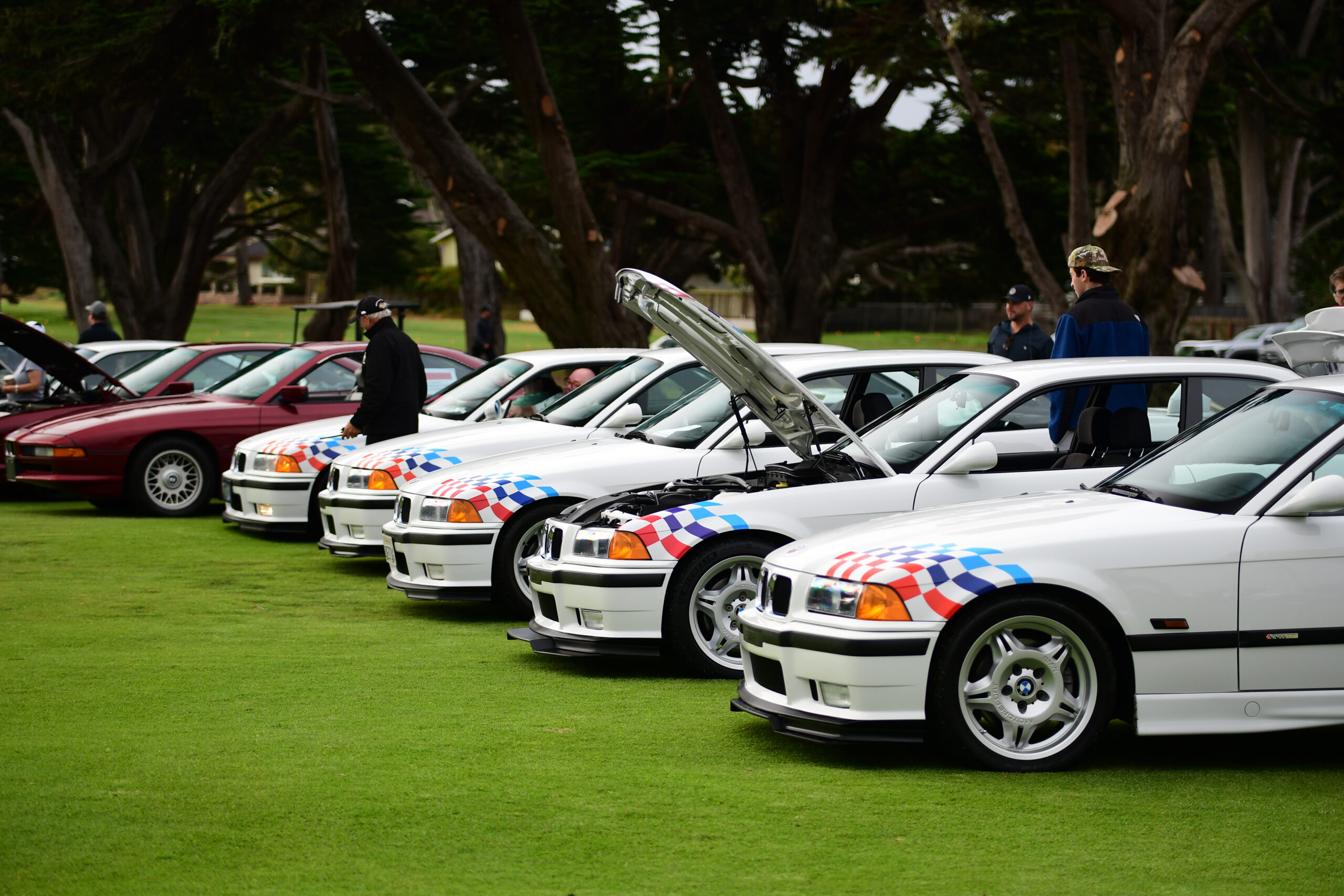It’s always nice to be first, but being second can be just fine, too—especially when it yields a high-visibility sponsorship of the Olympics. That’s exactly what happened for BMW in early 1995, shortly after the start of production at BMW’s all-new manufacturing plant in Spartanburg, South Carolina. The plant was BMW’s first to be built outside Germany—its plant in South Africa was inherited from the company’s former distributor—and the investment was bringing BMW a wave of positive publicity along with jobs and opportunity to a region long lacking in both.
That location would prove fortuitous with respect to the Olympics: BMW Manufacturing was just two hours up the highway from Atlanta, Georgia, host city for the 1996 Olympic Games. As a potential sponsor of the Games, BMW was ideally situated.
“I received a call from Billy Payne [president and CEO of the Atlanta Committee for the Olympic Games], and he asked to see me that day,” said Victor Doolan, then-president of BMW of North America. “I flew down [from New Jersey], and he told me that General Motors was prevaricating about sponsoring the Torch Relay. Would BMW be interested? I jumped at the chance without asking anyone. It would be perfect for us, as the Olympic torch would traverse the U.S., accompanied by a fleet of BMWs, and it would stop at many of our dealers, where our owners could be part of a unique celebration.”
Doolan’s decision placed BMW in a trio of automotive sponsors, who’d split the $40 million sponsorship fee that included a license to use the Olympic logo in advertising. BMW was named Official International Automobile Sponsor of the 1996 Olympic Games and U.S. Olympic Team, Nissan the Official Import Truck Sponsor; rather than declining to participate altogether, General Motors became the Official Domestic Car and Truck Sponsor. BMW would also serve as the Games’ Official Motorcycle Sponsor and Official Mountain Bike Sponsor.
Each manufacturer would provide vehicles for athletes and officials to use during the Olympic Games, while BMW served as the official car for the Olympic Torch Relay. In that role, BMW would get valuable exposure for the new Z3 roadster and E36 3 Series sedan being built at Spartanburg.
“The Torch Relay gave us the opportunity to showcase our vehicles in their natural habitat, the roads of America,” Doolan said. “This was critical. We needed to reach our market in the most effective way, providing opportunities for dealers to provide driving events so they could experience our revitalized model range.”
Sponsored by Coca-Cola, the Torch Relay began on March 30, 1996, with the traditional lighting ceremony in Olympia, Greece. The torch traveled through Greece until April 6, when it burned at Athens’ Panathenaic Stadium (site of the 1896 Olympic Games) for three weeks. On April 27, it was flown to Los Angeles, California, where the American portion of the Torch Relay began. From Los Angeles, the torch would travel nearly 17,000 miles, led by a Spartanburg-built 328i sedan painted with an impressionistic map of the relay route that terminated on the car’s hood, where the state of Georgia was depicted. (The 3 Series was chosen over the Z3 by the graphic artist hired to paint the car in December 1995, undoubtedly for its greater surface area.) Unveiled at the Los Angeles auto show in January 1996, the car would be signed by dignitaries in every city along the circuitous route to Atlanta on July 19.
“When the Olympic Torch reaches Atlanta, the BMW 328i ‘Signature’ car will be a geographic and historic record of the 1996 Olympic Torch Relay,” Doolan told the Greenville Herald-Journal at the time.
The torch was carried by some 10,000 torch-bearing luminaries from all fields of human endeavor: Olympic legends like Rafer Johnson and Janet Evans, entertainment figures like Vanna White, Sister Helen Prejean, U.S. Vice-President Al Gore and President Bill Clinton, and BMW NA president Doolan, who ran with the torch up Fifth Avenue in New York City alongside his wife and daughter.
“Two of the most poignant torchbearers were the Oklahoma City firefighter who was cradling a one-year-old child in [Charles Porter’s] Pulitzer Prize-winning photo taken in the immediate aftermath of the bombing of the Federal building [in 1995], and another was one of the women who integrated Little Rock Central High School [in 1957],” McGurn said. Equally poignant was the surprise appearance of Muhammad Ali to light the flame in Atlanta’s Centennial Olympic Stadium. It was a rare public appearance for the boxing champion, then suffering from the effects of Parkinson’s disease.
Like the torchbearers, the 328i wouldn’t travel alone. Over the course of the relay, it was joined by around thirty more BMW automobiles—Z3s, 3, 5, and 7 Series—as well as a fleet of motorcycles provided by BMW in its role as the Games’ Official Motorcycle Sponsor. The procession provided valuable exposure for the brand, and for BMW’s new status as an American manufacturer.
“We said, ‘Oh, my gosh. There are a lot of people in the United States who have never seen a BMW,’” said Jim McDowell, then BMW NA’s vice-president of marketing. “If we make a parade of BMWs, what a great way to draw attention to BMW, the brand, the breadth of our offerings, but also to demonstrate our commitment to America. We built this factory in Spartanburg, and now we are an Olympic sponsor for the Atlanta Olympics. From that perspective, it clicked so many boxes. The torch run also went to a couple of states where we didn’t have a BMW dealership at the time, but people saw these cars.”
Elsewhere, the Torch Relay stopped at numerous BMW dealerships, giving executives a chance to check in at BMW centers all around the U.S. To encourage its dealers to take part, BMW NA published a booklet outlining possible Olympics-related promotions. At Bronze, Silver, and Gold levels of opportunity, dealerships could stage events like a 5 Series Salon Show, an Olympic Day for Kids, a Torch Relay welcome party, athlete send-offs, an Olympics-themed road rally, and opening/closing ceremony celebrations, among others. The booklet offered display materials including banners to highlight the Olympics connection, and it offered souvenir items like an Olympic key chain, pins, shirts, hats, and mugs. It also contained print-ready ads for new BMW cars, complete with Olympics and Torch Relay logos.
To provide dealers with even bigger-ticket items to sell, BMW of North America created a special-edition 5 Series that would fill the “gap year” between the end of E34 production in 1995 and the arrival of the new E39 in 1997. The 1996 Olympic Games Edition 525i was equipped with an automatic transmission, Oxford Green metallic paint, upholstery in Parchment bison leather with Mexico Green piping, walnut wood trim, Olympic Games badges on the glove box and door sills, and five-spoke alloy wheels. BMW built 500 examples, and all sold quickly. So did an Olympics edition of the R 850 R motorcycle, which BMW of North America outfitted with two-tone black and silver paintwork exclusive to the model, BMW luggage, and a fairing.
The Olympics also occasioned a special edition of the folding mountain bike built for BMW by Montague. The bike’s frame was painted red, white, and blue and adorned with BMW and Olympic logos, and it was fitted with quality Shimano gears and brakes and Rockshox front suspension. The bikes were sold at BMW dealerships for $795, and about one thousand were provided for the use of Olympic athletes and officials in the Olympic Village.
The bicycles weren’t the only BMWs to see action during the Games. “BMW’s motorcycles carried camera operators during the bicycle races and were used as courier vehicles for other members of the news media,” McGurn said. “Automobiles were used for VIP transportation, and there was a corporate exhibition and hospitality center a few blocks from the competition venues that was used to host dealers and employees from BMW NA, Financial Services and Manufacturing.”
As that indicates, the Olympics were more than simply a marketing tool to reach potential customers. They helped BMW solidify its relationship with the United States, which the opening of the Spartanburg plant had kicked into high gear. “The commitment to invest in an American factory was obviously the most significant event of the period,” McGurn said. “It allowed BMW to move from an importer and seller of premium vehicles to become a recognized (and respected) player in the US auto scene. The Spartanburg plant made it legitimate for BMW to take a visible role in the 1996 Olympics. As an official mobility provider, BMW gained a position ‘inside the ropes,’ providing services that helped the Olympics run.”
Tags: 1996 Atlanta Olympics Torch Relay
